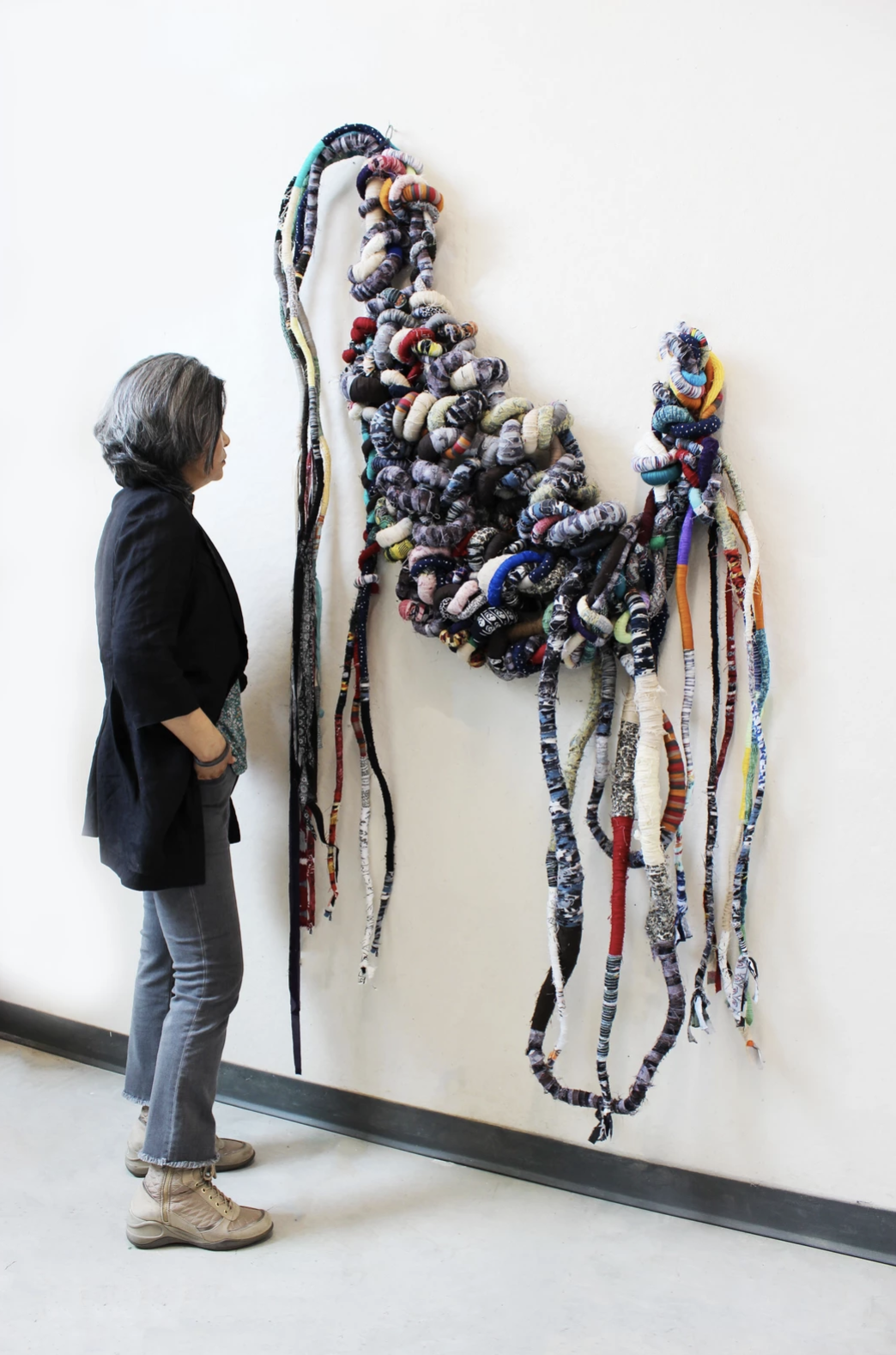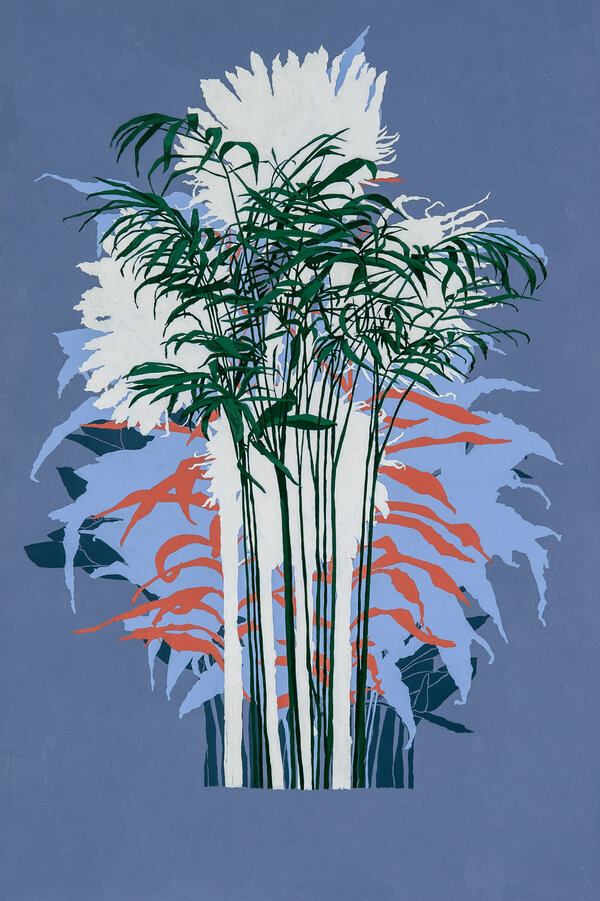Sewing Denim Roses with Rima Day
/Learn how to make denim roses with fiber artist Rima Day! Throughout this video, Rima will walk. you through creating denim roses from recycled denim pants. This is easy to do at home!
For this workshop, you will need:
- denim (to cut up and use to make roses)
- fabric glue
- needle and thread
- razor blade
- scissors
MEET YOUR INSTRUCTOR
Rima Day has studied fashion design in both her home town of Tokyo, Japan and later in New York City. As she was pursuing her career in fashion design, she quickly realized that her joy and passion was to be found in the technical works. She went on to work as a freelance custom dance costumer in New York City and Connecticut.
In 2010, she moved with her family to East Tennessee, where she was introduced to many forms of fiber arts and began research into silk worm threads, indigo dyeing, and quilting techniques among other crafts. After obtaining her Bachelor’s degree in Studio Art, she settled into the Nashville area, working as a costume shop assistant at the Vanderbilt University Theatre and is continuing to make fiber arts on the side.
Step 1 : Get your denim
Rima goes to consignment shops to get her old denim, but you can use your own pants. Just be warned - they won’t be able to function as pants after this workshop! Rima uses a variety of colors of denim to make her roses pop, but this works well with any color of denim!
Step 2 : Remove the pockets
Using a razor blade (be careful!), you will cut the threads of the pockets to remove them from the denim. Rima demonstrates this careful technique, so please be mindful of this if you are completing this project with young ones. Small motions help to safely cut the threads on the denim as well.
Step 3 : Thread the needle
Rima teaches you how to thread the needle and make a knot. This skill will help you sew pieces together!
Step 4 : Draw the pattern and cut out the denim elements
Here, you will cut out the circle and scalloped edge pattern that Rima demonstrates. This will make it easier for you to piece together your rose when the time comes. A Sharpie works great on denim, and it won’t bleed much on the fabric. Be sure to cut carefully through the thicker material.
Step 5 : Roll the denim together
This is the core of your rose, so create a tight roll! You will stitch this together using your thread and needle that you prepared earlier! Rima will teach you here another technique for tying a knot in thread.
Step 6 : Prepare the scalloped edge
Rima will teach you here how to stitch through the bias and how to create gathers, which gives a nice 3 dimensionality to the flower!
Step 7 : Assemble the pieces
Using fabric glue and your trusty fingers, assemble the two pieces together by rolling them into a rose shape.
Step 8 : Add more petals
Using more cut pieces, you’ll add more petals to give the denim rose a bit more life! This process will involve more fabric glue. You’ll need to trust your instinct here to find the spots where the petals are missing from your rose. You can use darker petals here if you want. The more petals you have, the fuller it will look - to a point!
Step 9 : Wear it, use it, embrace it!
Rima shows you a bunch of different ways for you to use the denim roses. Everything from a choker or broach to a decoration for a cat. Create an undying bouquet for a loved one out of these beautiful denim roses!
Rima ends her workshop by talking about her newest body of work, examining the rebirth through the materials and motifs of denim, roses, and vines. This beautiful piece sits behind her as she talks, and you won’t want to miss a glimpse into this newest creation!!
Let’s minimize waste and create beautiful roses! Reduce, reuse, and recycle!
To see more of Rima Day’s work, you can find her at https://www.rimadayart.com/




























